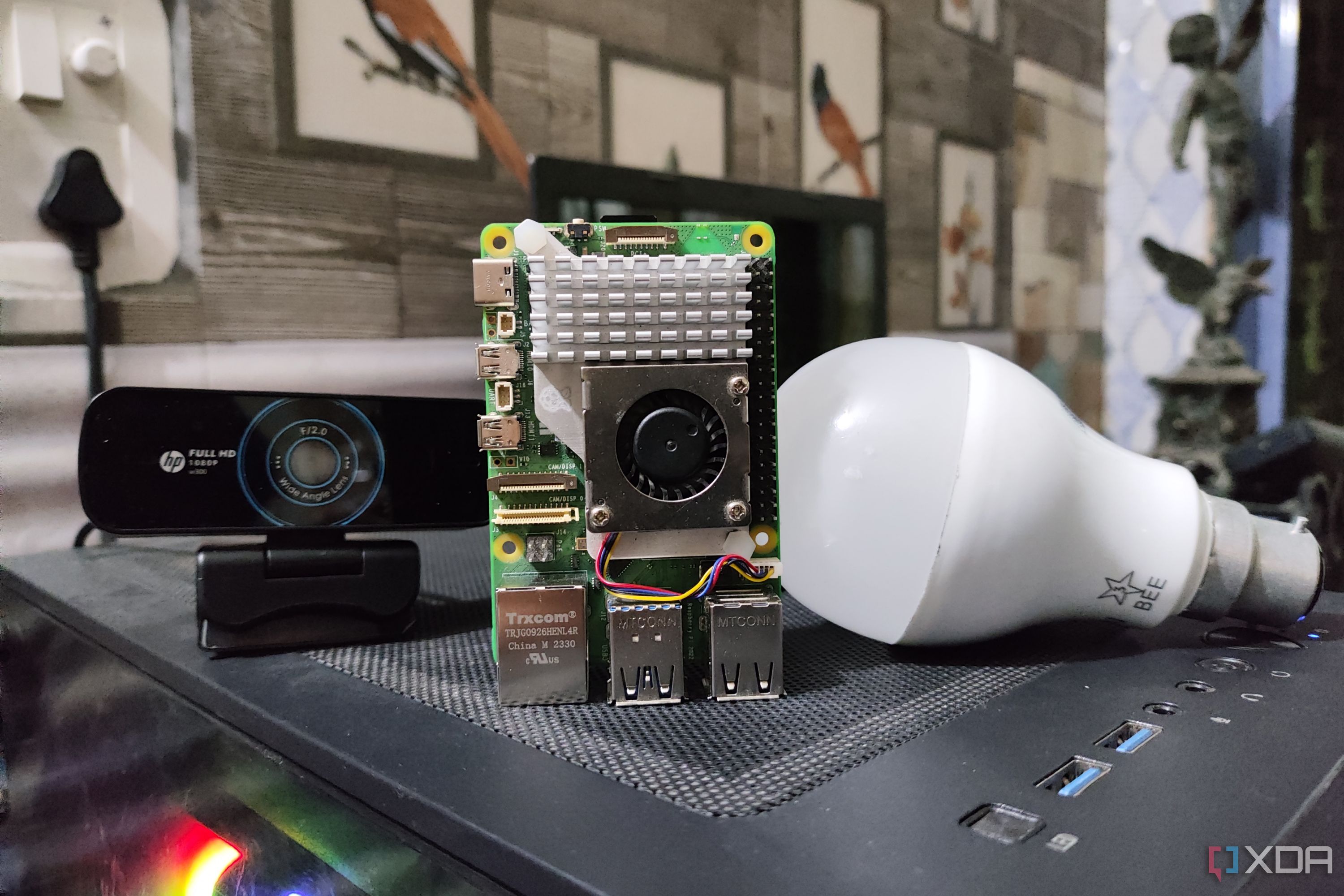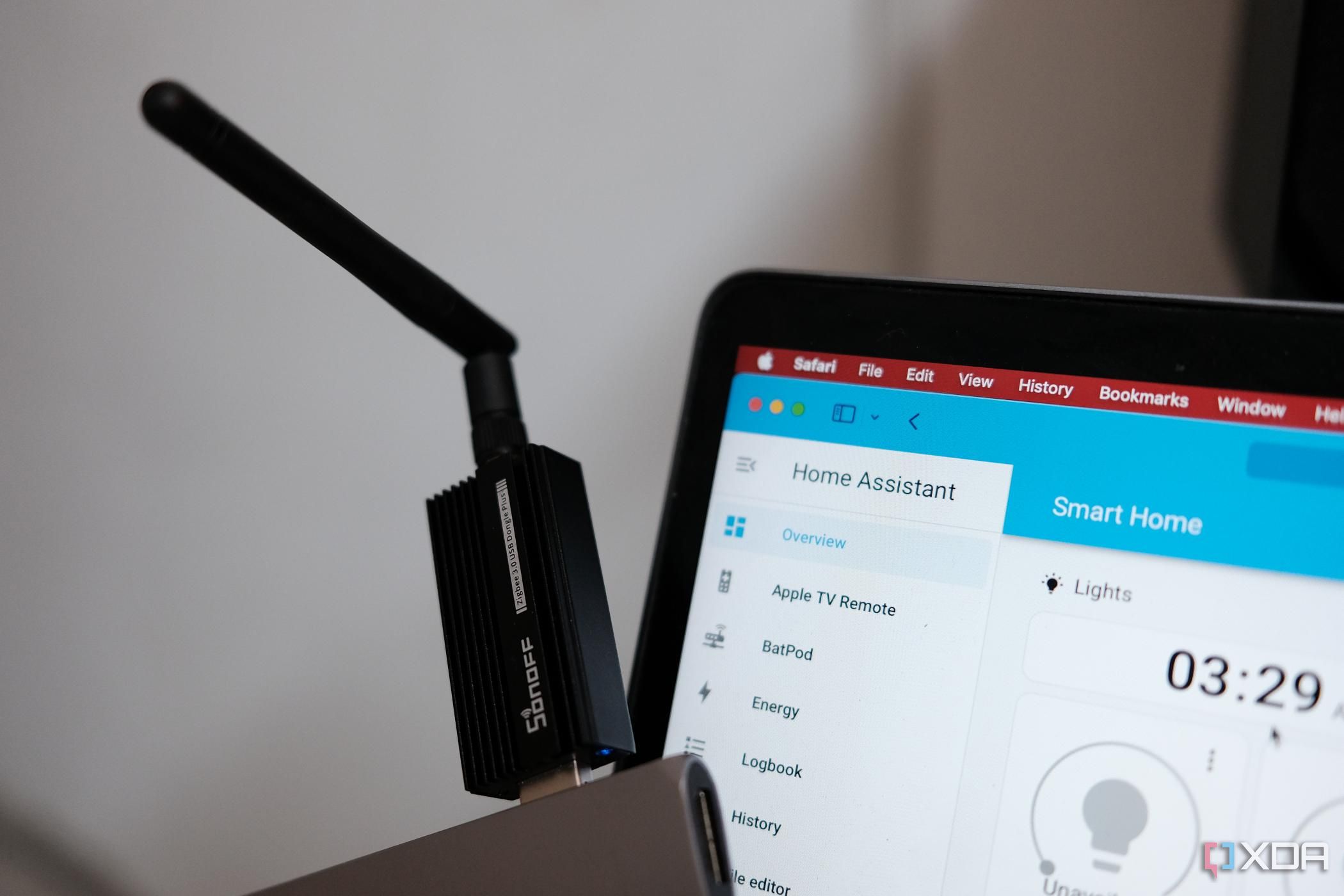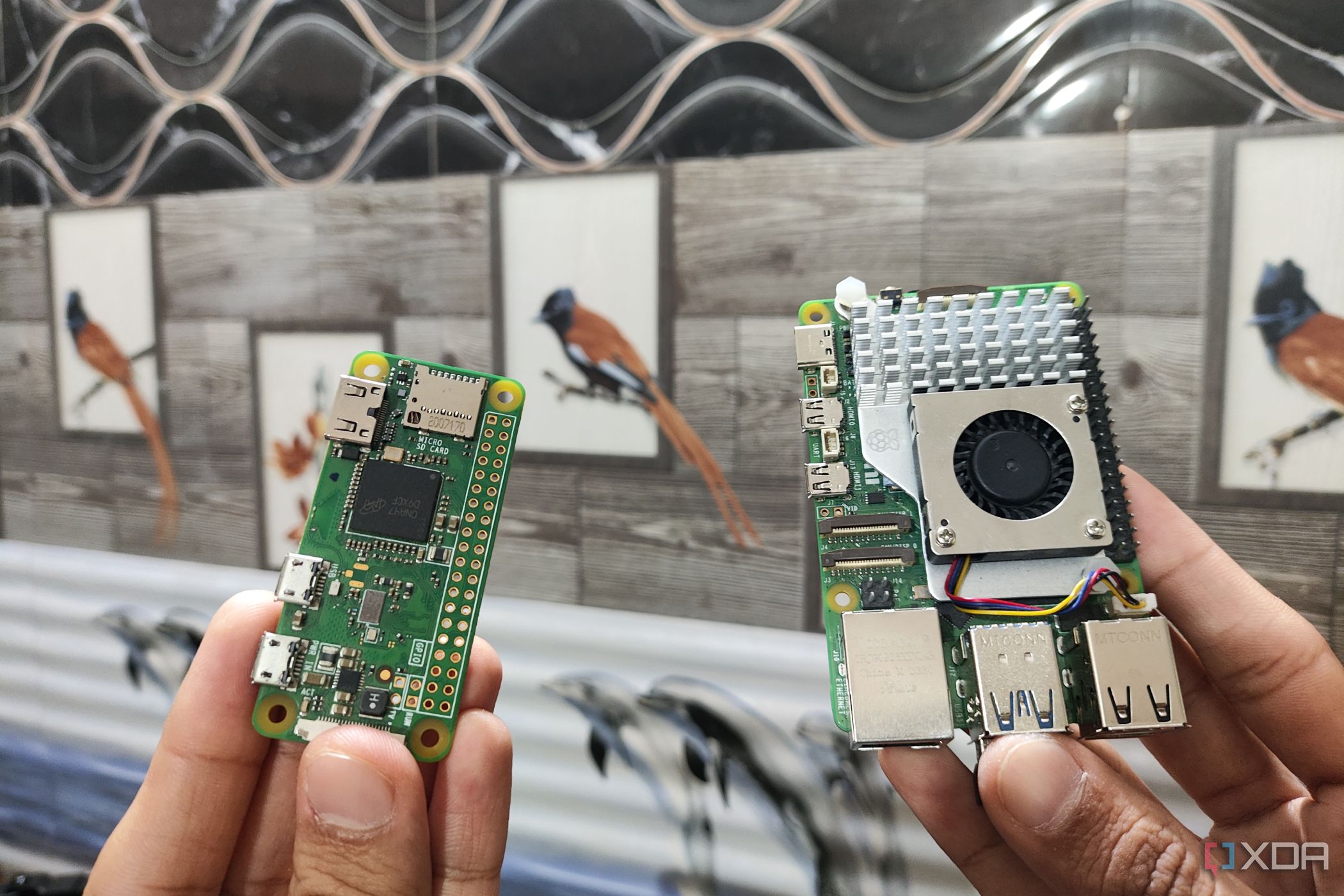Home Assistant is a deep rabbit hole that can consume a lot of time and money, depending on how far down you wish to traverse. I’ve used it for many months now, configuring custom integrations with HACS, using Nginx for a secure method to access all the functions when outside the internal network, and adding everything I can to the platform. Throw in Zigbee and you’ve got a powerful hub for turning your house into a truly smart home. Here are some rather unexpected ways Home Assistant improved my life.
4
Save money (no, really!)
Enjoy more discounts and use other brands
You don’t need powerful hardware to run Home Assistant. All you require is a decently capable system, which can be anything from a network-attached storage (NAS) device, a home PC, or even an SBC such as a Raspberry Pi. While it’s true that configuring a smart home can cost you considerably more as you’ll end up purchasing way more hardware than you typically would with a standard home, it’s possible to save money on energy, heating, and general purchases. For instance, Home Assistant can help control your lighting to get the most out of your smart bulbs.
It can also learn your daily habits and adjust connected devices accordingly, saving a few pennies. Then there’s the fact that you no longer need to purchase the same expensive products within a specific ecosystem. Loaded out some rooms with Philips Hue bulbs? Connect them through Home Assistant with other branded lighting, and you’ll have a single interface to control hardware on multiple protocols. It makes annual sales, such as Amazon Prime Day, more enticing when different branded products are discounted.

Related
How I built a smart home without breaking the bank, and you can too
A frugal enthusiast’s tips for simple and affordable automation
3
Provide older hardware with new life
Re-use products you already own
Have an old PC or Raspberry Pi lying around doing nothing? Transform one into a Home Assistant server that can act as your dedicated hub for all things smart home. Whether you need to connect some old smart bulbs that no longer support your currently selected ecosystem or wish to pick up some cheap sensors, Home Assistant can help you get everything online. Home Assistant even has a voice assistant companion for vocal commands. Tired of relying on your unreliable smart speaker? Throw it away for an open-source alternative that won’t spy on you.
We’re always trying to promote repurposing old hardware, be it for home lab or networked storage, but it can also work for Home Assistant and creating a truly smart home.

Related
I revived old smart home devices with Home Assistant – here’s how it went
Here’s how I used Home Assistant to blow a second life into my old smart home devices and manage them from a single view
2
Enhanced privacy protection
Shield yourself from prying eyes (and ears)
The primary issue with relying on any outside service to handle anything relating to your data is privacy. Amazon Alexa and Google Home are great devices, but they’re often free outside of purchasing hardware. Like free email services and other platforms, if there’s no monetary cost, you become the product in that companies will collate your data and either use it or sell it, depending on their terms, which you agree to but never read. Home Assistant is self-hosted, meaning you control everything relating to the installation.
This is great for keeping everything secure behind firewalls and on hardware you own and have physical access to, but it also means you become the central support team for all queries relating to issues with Home Assistant. Managing your server and instance will also teach you something new about technology, how your network operates, and how to securely connect to the instance from outside your home. Get it right and you’re protecting your home and virtual information. Get it wrong and you could be opening the doors up for anyone to walk in.
1
Vastly improved well-being
Make your home a more comfortable place to live
This is the most important advantage for me when using Home Assistant. I was always one of the naysayers when it came to home automation and the “smart home” as it were back in the late 2000s, but in 2025, it’s useful for daily life. The sheer number of quality of life (QoL) features you can configure through Home Assistant is sometimes astounding, especially when adding more connected hardware to your home. It’s basic things like dimming lights at certain points in the evening to automatically setting the HVAC in the winter.
Community-made integrations available through HACS take everything to the next level with the ability to not only automate your home and make everything smart but also keep everyone within the external walls safe from harm. I’ve integrated all my security cameras and Ring alarm system. I plan to add smart locks to all exterior doors for smartphone support and the ability to provide temporary PIN codes to others. It’s even possible to use Philips Hue bulbs to imitate the sun throughout the day for a more natural environment.

Related
10 simple Raspberry Pi projects for beginners
You don’t need to be a DIY god to create these projects with your Raspberry Pi
Transform your life with Home Assistant
This is one powerful tool, bringing together multiple smart home ecosystems. Before using Home Assistant, it was paramount that we invest in the same ecosystem to take full advantage of available features. Since making the switch, it has allowed us to cut costs and integrate new systems to create a smarter environment to get more done and live healthier lives. It’s among the first containers to be installed when configuring a new server or NAS on the network.











